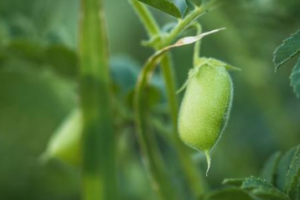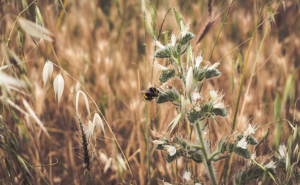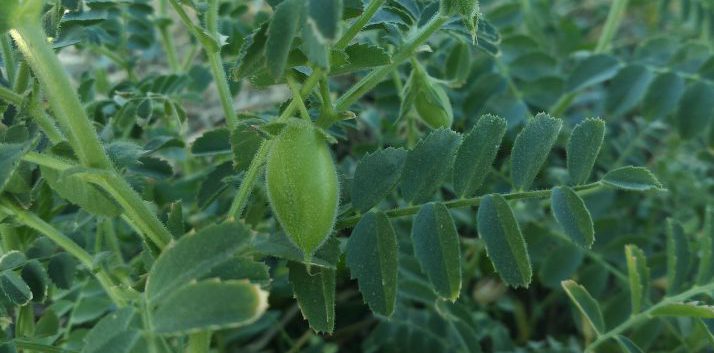An accumulation of root lesion nematode populations under heavy and successive chickpea plantings is pushing farmers to make sure their rotations include resistant crops, which will lower the risk of wheat yield losses.
2016 and 2017 were Australia’s largest ever chickpea plantings and has allowed a growth surge of the Pratylenchus thornei root nematode (RLN), commonly found in Queensland and NSW.
Although damaging populations of the parasite can affect wheat yields by up to 80 percent, nematologist Kirsty Owen, University of Queensland, says farmers can follow some steps to reduce impact.
Owen explains that increasing the number of resistant crops in the cropping sequence is the only way to reduce populations.
“One approach is to pick wheat varieties that are tolerant and have the highest level of resistance available to P.thonei because it is when P.thornei populations are reduced to very low levels that crop variety choice is expanded and farm profits can be maximised.”
Kirsty Owen continues to explain that growing chickpeas will increase the populations of P.thornei, which will infest following crops but chickpea varieties may not always suffer yield loss.
The volume of wheat yield loss by P.thornei depends on the population at the time of planting and the tolerance of the wheat variety sown.

Image source: Unsplash.com
A population of two P.thornei to one gram of soil is assumed damaging and will limit the number of varieties and crop types that are likely to be profitable, particularly in the northern region.
“You will have fewer choices in future seasons if the P.thornei population gets to damaging levels.”
P.thornei feeds on and reproduces in the roots of plants, causing yield loss because it restricts plants’ ability to take up water and nutrients.
There is currently no registered chemical that can reduce P.thornei populations.
Experiments by the crop nematology team at Formartin, on the Darling Downs, tested the tolerance and resistance of chickpea varieties compared to wheat varieties.
During 2015-16, varieties or advanced lines of chickpeas were planted into plots with high or low P.thornei populations, prepared the year earlier by growing a moderately resistant wheat variety and a susceptible wheat variety.
The average (2015-16) yield for all chickpea varieties at 2.59t/ha was 6.5 percent lower on the high P.thornei populations. There were no major differences detected between varieties.
Owen says that “the take-home message is that chickpeas are generally moderately tolerant to P.thornei”
After harvest P.thornei populations increased by 1.3 to 4.3 times under chickpeas and ten times the amount under Strzelecki wheat when compared with the population of the moderately-resistant wheat control.

Image source: Unsplash.com
Source: GRDC


One Comment
Comments are closed.